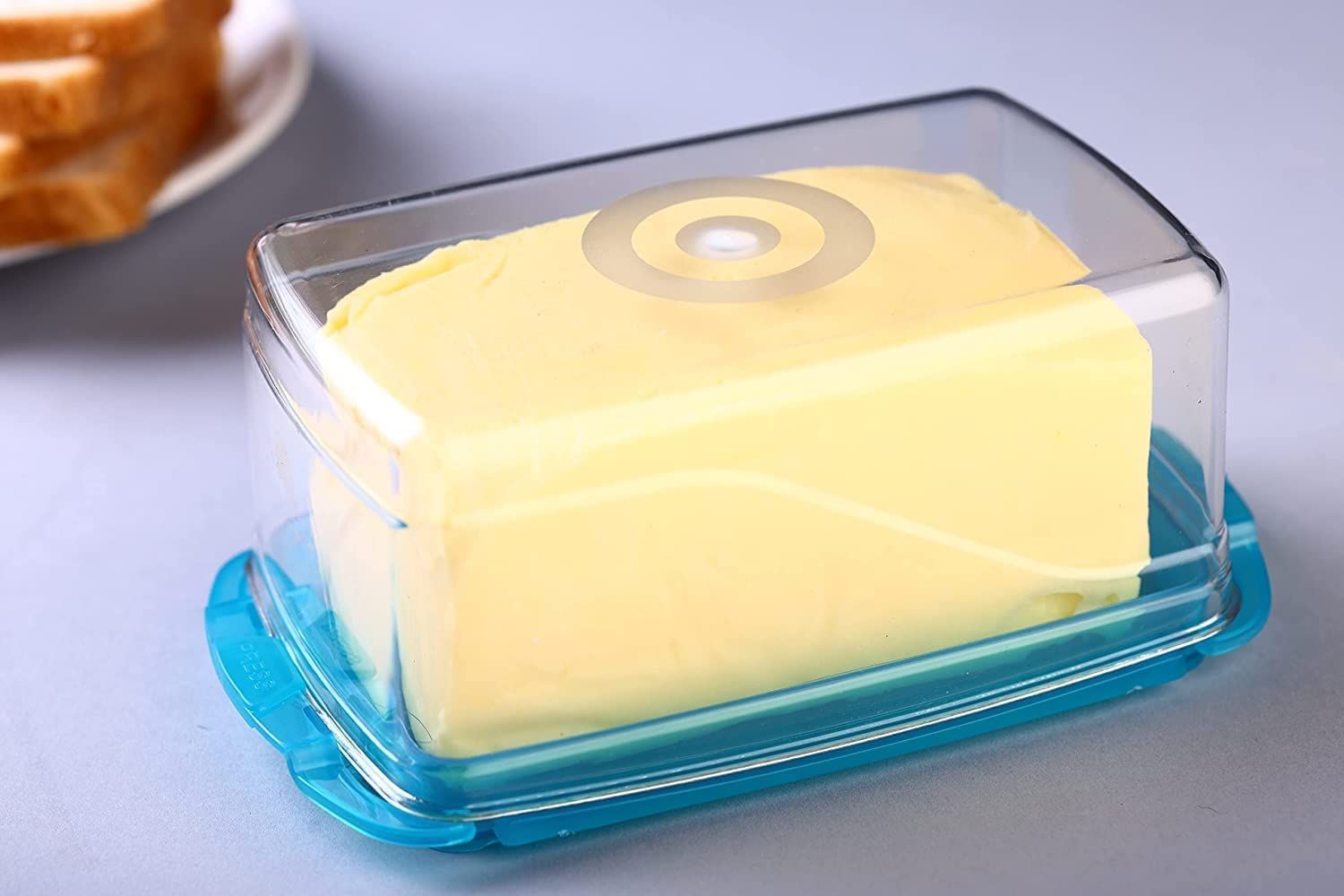

Articles
How To Store Butter Without Refrigeration
Modified: December 7, 2023
Discover effective ways to store butter without using refrigeration in our informative articles. Learn how to keep butter fresh and spreadable even without a fridge.
(Many of the links in this article redirect to a specific reviewed product. Your purchase of these products through affiliate links helps to generate commission for Storables.com, at no extra cost. Learn more)
Introduction
Butter is a versatile ingredient that adds flavor and richness to countless dishes. Whether you’re baking cookies, spreading it on toast, or using it to sauté vegetables, having butter readily available is a kitchen essential. However, what if you find yourself without a refrigerator or in a situation where refrigeration is not an option? Can butter be stored without the need for a chilly environment? The answer is yes!
In this article, we will explore various methods and options for storing butter without refrigeration. From traditional techniques to modern gadgets, we will discover how to keep butter fresh and accessible in a non-refrigerated setting.
But before we dive into the storage options, let’s understand why you might want to store butter without refrigeration.
Key Takeaways:
- Enjoy soft, spreadable butter without refrigeration using traditional methods like a butter bell or modern options like making ghee. Embrace convenience and flavor in any situation.
- Discover the versatility of storing butter without refrigeration, from elegant butter bells to practical crocks and jars. Keep butter fresh and accessible with creative storage solutions.
Read more: How To Store Meat Without Refrigeration
Why Store Butter Without Refrigeration?
There are several reasons why you might want to store butter without refrigeration. Here are a few common scenarios:
1. Outdoor Adventures: If you enjoy camping, hiking, or other outdoor activities, refrigeration may not be readily available. In such cases, finding alternative methods to store butter becomes crucial.
2. Limited Refrigerator Space: Sometimes, you may have limited refrigerator space due to a small fridge or a large number of items that need to be chilled. Storing butter at room temperature can help free up space for other perishable items.
3. Power Outages: During power outages or emergencies, refrigeration may not be possible. Having a method to store butter without relying on electricity ensures that you can still enjoy its creamy goodness.
4. Cultural Practices: In many cultures, butter is traditionally stored at room temperature, and families have developed techniques to ensure its safety and freshness without the use of refrigeration.
Regardless of the reason, it’s important to note that storing butter without refrigeration requires careful consideration of various factors.
Factors to Consider
When storing butter without refrigeration, there are a few important factors to consider to ensure its safety and quality:
1. Temperature: Butter should be kept at a consistent temperature, ideally between 60°F (15°C) and 70°F (21°C). Extreme temperatures can cause the butter to spoil or become rancid. Avoid placing it near a heat source or in direct sunlight.
2. Air Exposure: Butter can easily absorb odors and flavors from its surroundings. It’s essential to store it in an airtight container to prevent contamination and maintain its natural taste.
3. Hygiene: Proper hygiene is critical when handling butter. Make sure your hands, utensils, and storage containers are clean and free from any contaminants. Avoid using your fingers to scoop butter from the container, as it can introduce bacteria.
4. Butter Quality: The quality of the butter you start with is important. Using high-quality butter that is fresh and free from any rancidity or off flavors will give you the best results when storing it without refrigeration.
5. Usage Frequency: Consider how often you use butter and how quickly you go through it. If you use butter regularly, it may not be necessary to store large quantities at room temperature, as it may spoil before you can use it up.
Keeping these factors in mind, let’s explore the various options for storing butter without refrigeration.
Suitable Storage Options
When it comes to storing butter without refrigeration, there are several options available. Let’s take a closer look at each one:
Option 1: Using a Butter Bell
A butter bell, also known as a butter crock, is a traditional way to keep butter fresh at room temperature. It consists of two parts: a base filled with water and a lid that holds the butter. The water creates a seal and acts as a barrier, preventing air from reaching the butter.
Option 2: Making Ghee
Ghee, a form of clarified butter, is a popular option for storing butter without refrigeration. The process involves simmering butter to remove its moisture content and milk solids, resulting in a shelf-stable product with a nutty flavor. Ghee can be stored at room temperature for extended periods.
Option 3: Using a Butter Dish
A butter dish with a snug-fitting lid can also be used to store butter at room temperature. It provides protection against air exposure while keeping the butter easily accessible for spreading. Remember to clean the dish regularly to avoid any build-up or contamination.
Option 4: Storing in a Cool Pantry
If you have a cool pantry or cupboard in your kitchen, it can serve as a suitable place to store butter. Ensure that the temperature remains consistent and doesn’t fluctuate too much, as extreme heat or cold can affect the butter’s quality.
Option 5: Using a Crock or Jar
Another option is to store butter in a crock or jar with a tight-fitting lid. Make sure the container is clean and airtight to protect the butter from air exposure and contaminants. Store the container in a cool and dry place away from direct sunlight.
These storage options offer convenience and allow you to enjoy the taste and texture of butter without the need for refrigeration. Experiment with different methods to find the one that works best for you.
Now that you have an understanding of the storage options available, feel free to choose the method that fits your needs and preferences. Remember to consider the temperature, air exposure, hygiene, butter quality, and usage frequency when selecting a storage method. With the right approach, you can effortlessly store butter without refrigeration while ensuring its freshness and safety.
Option 1: Using a Butter Bell
A traditional and charming way to store butter without refrigeration is by using a butter bell, also known as a butter crock. This method has been used for centuries and provides a practical and attractive solution to keep butter fresh and spreadable at room temperature.
The design of a butter bell is simple yet effective. It consists of two parts: a base and a lid. The base is filled with a small amount of cool water, creating an airtight seal. The lid, which holds the butter, is then placed upside down in the water-filled base.
To use a butter bell, begin by softening a stick or two of butter at room temperature. Fill the base of the butter bell with cold water and place the softened butter into the lid. Press the butter gently to ensure it is compact and filling the lid completely. Then, insert the lid into the base, making sure that the water creates a seal around the butter.
The water in the base creates a barrier, preventing air from reaching the butter and keeping it fresh. The cool temperature of the water also helps to maintain the desired consistency of the butter. When you need to use the butter, simply lift the lid, take what you need, and reseal it. The remaining butter will stay protected and accessible.
One of the advantages of using a butter bell is that it eliminates the need for constant refrigeration, allowing the butter to remain soft and spreadable at all times. It also adds a touch of elegance to your kitchen countertop, as many butter bells are beautifully crafted and come in a variety of designs and colors.
However, it’s important to note that using a butter bell does require some maintenance. The water in the base should be changed every few days to keep it fresh and avoid any potential bacterial growth. Additionally, make sure to clean the butter bell thoroughly when the butter is finished and before refilling it.
Using a butter bell is a delightful way to store butter without refrigeration while preserving its freshness and taste. Consider adding this traditional kitchen gadget to your collection and enjoy the convenience of spreading soft, delicious butter anytime you desire.
Store butter without refrigeration by keeping it in a butter bell or crock. These containers use water to create an airtight seal, keeping the butter fresh at room temperature.
Read more: How To Store Butter
Option 2: Making Ghee
If you’re looking for a versatile and shelf-stable option to store butter without refrigeration, making ghee is a fantastic choice. Ghee is a form of clarified butter that has been used in Indian cuisine for centuries. It not only provides a longer shelf life but also adds a rich nutty flavor to your dishes.
To make ghee, start by melting unsalted butter in a saucepan on low heat. As the butter melts, it will begin to separate into three layers – a foamy layer on top, a clear layer in the middle, and milky solids at the bottom.
Continue simmering the butter on low heat until the foamy layer disappears and the milk solids at the bottom turn golden brown. This process can take anywhere from 20 to 30 minutes, depending on the quantity of butter being used.
Once the milk solids have turned golden brown, remove the saucepan from the heat and let it cool for a few minutes. Then, carefully pour the clear liquid, which is now ghee, into a clean and dry jar, leaving behind the milk solids at the bottom.
As ghee is void of moisture and milk solids, it has a higher smoke point than butter, making it excellent for cooking and frying. Its long shelf life allows you to store it at room temperature for several months without spoiling.
When using ghee, scoop out the desired amount with a clean and dry spoon to avoid introducing any moisture or contaminants. Ghee can be used for sautéing, frying, and baking, giving a rich and distinct flavor to your culinary creations.
It’s important to note that the quality of the butter used to make ghee directly impacts the flavor and aroma of the final product. Opt for high-quality unsalted butter to achieve the best results.
With its rich flavor, long shelf life, and versatility in cooking, ghee is an excellent option for storing butter without refrigeration. Embrace the ancient practice of making ghee and enjoy its unique taste in your favorite recipes.
Option 3: Using a Butter Dish
If you prefer a simple and accessible method to store butter without refrigeration, using a butter dish is a convenient option. A butter dish with a snug-fitting lid will protect the butter from air exposure while keeping it easily accessible for spreading.
To use a butter dish, start by ensuring that both the dish and the lid are clean and dry. Soften a stick or two of butter at room temperature, making it easier to spread. Then, place the softened butter into the dish, pressing it gently to fill the container completely.
Make sure that the lid fits securely onto the dish, creating an airtight seal. This prevents air from reaching the butter, helping to maintain its freshness and preventing any contaminants from entering.
It’s important to keep the butter dish in a cool and dry place away from direct sunlight. Extreme temperatures can cause the butter to spoil or become rancid. If your kitchen tends to get warm, consider placing the butter dish in a cupboard or pantry to maintain a consistent temperature.
Regular maintenance of the butter dish is crucial to ensure the butter remains fresh. Remove any remaining butter from the dish before adding a fresh stick to avoid any cross-contamination. Clean the dish regularly using warm water and mild soap to remove any butter residue.
Using a butter dish is a simple and classic way to store butter at room temperature. It allows you to easily spread soft and creamy butter on bread, toast, or any other culinary creations. Additionally, many butter dishes come in various designs, adding a touch of style to your kitchen.
However, it’s important to note that using a butter dish may not provide as long of a shelf life as other methods like using a butter bell or making ghee. If you do not consume butter quickly, keep an eye on its freshness and quality to ensure it doesn’t spoil.
Choose a butter dish that suits your kitchen aesthetics and enjoy the convenience of having soft, spreadable butter readily available without the need for refrigeration.
Option 4: Storing in a Cool Pantry
If you have a cool pantry or cupboard in your kitchen, storing butter without refrigeration becomes easier. A cool pantry provides an ideal environment for keeping butter at a consistent temperature, ensuring its freshness and spreadable texture.
To store butter in a cool pantry, choose a designated section or shelf away from direct sunlight and heat sources. The ideal temperature range for a cool pantry is between 60°F (15°C) and 70°F (21°C). This range helps maintain the butter’s quality without causing it to spoil or become excessively soft.
Before placing the butter in the pantry, make sure it is properly wrapped or stored in an airtight container. This helps protect it from air exposure and potential contaminants. It is also important to use clean utensils when handling the butter to maintain hygiene.
Regularly check the butter for any signs of spoilage, such as a rancid smell, off flavors, or changes in texture. If you notice any of these indicators, discard the butter to avoid any health risks.
While storing butter in a cool pantry works well for short periods, it’s essential to consider factors like air exposure and usage frequency. If you frequently use butter and replace it regularly, storing it in a cool pantry can be an efficient way to keep it readily accessible without the need for refrigeration.
If you live in a region with a warm climate or if your pantry tends to get warmer than the recommended temperature range, you may consider using alternative storage methods like a butter bell or making ghee to ensure the butter remains in optimal condition.
Remember to maintain good hygiene practices when handling butter, and regularly check for any signs of spoilage. By storing butter in a cool pantry, you can enjoy soft and spreadable butter whenever you need it, enhancing the flavors of your favorite dishes.
Option 5: Using a Crock or Jar
Another effective option for storing butter without refrigeration is to use a crock or jar with a tight-fitting lid. This method provides a protective barrier against air exposure and helps to maintain the butter’s freshness and spreadability.
Here’s how you can store butter in a crock or jar:
1. Start by ensuring that the crock or jar you choose is clean and dry. Opt for a container that is made of food-safe material and has a sealable lid.
2. Soften a stick or two of butter at room temperature, making it easier to spread and work with. Avoid using melted butter, as it can become too soft and may not store as well.
3. Place the softened butter into the crock or jar, pressing it gently to fill the container completely. Make sure there are no air pockets or gaps.
4. Seal the crock or jar with the lid, ensuring it fits tightly to create an airtight seal. This prevents air from reaching the butter and helps preserve its freshness.
5. Store the crock or jar in a cool and dry place, away from direct sunlight and heat sources. A pantry or cupboard is an ideal location, as long as the temperature remains within a suitable range (60°F to 70°F or 15°C to 21°C).
6. When using the butter, scoop out the desired amount with a clean and dry utensil. Avoid using your fingers, as they can introduce bacteria and affect the butter’s quality.
Regularly check the butter for any signs of spoilage, such as an off smell, mold, or changes in texture or color. If you notice any of these indicators, discard the butter to ensure food safety.
Using a crock or jar to store butter without refrigeration offers a simple and accessible solution. It keeps the butter protected from air exposure and allows for easy access whenever you need it. Just make sure to maintain proper hygiene and monitor the butter’s freshness to ensure it remains safe for consumption.
Consider adding a touch of style to your kitchen by choosing a beautifully designed crock or jar for storing your butter at room temperature. This option provides convenience and freshness, keeping your butter ready to spread and enhancing the flavors of your favorite recipes.
Read more: How To Cream Butter Without Mixer
Conclusion
Storing butter without refrigeration is possible with several effective methods. Whether you’re camping, facing limited refrigerator space, or experiencing a power outage, these options allow you to keep butter fresh and accessible at room temperature.
From the traditional charm of a butter bell to the versatility of ghee, there are storage solutions for every preference. Using a butter dish offers simplicity, while storing in a cool pantry or using a crock or jar provides convenience and accessibility.
When storing butter without refrigeration, it’s important to consider factors such as temperature, air exposure, hygiene, butter quality, and usage frequency. These factors ensure the butter remains safe for consumption and maintains its desired texture and flavor.
Choose the method that best fits your needs and kitchen setup. Experiment with different techniques to find the one that works best for you. Whether you prefer the elegance of a butter bell, the richness of ghee, or the practicality of a butter dish or crock, you can enjoy the pleasure of soft, spreadable butter at room temperature.
Remember to follow proper hygiene practices, regularly check the butter for freshness, and make adjustments based on environmental conditions. With these considerations in mind, you can confidently store butter without refrigeration while maintaining its quality and taste.
So, the next time you find yourself without a refrigerator or in a situation where refrigeration is not available, rest assured that you can still enjoy the creamy goodness of butter, thanks to these creative storage options.
Frequently Asked Questions about How To Store Butter Without Refrigeration
Was this page helpful?
At Storables.com, we guarantee accurate and reliable information. Our content, validated by Expert Board Contributors, is crafted following stringent Editorial Policies. We're committed to providing you with well-researched, expert-backed insights for all your informational needs.

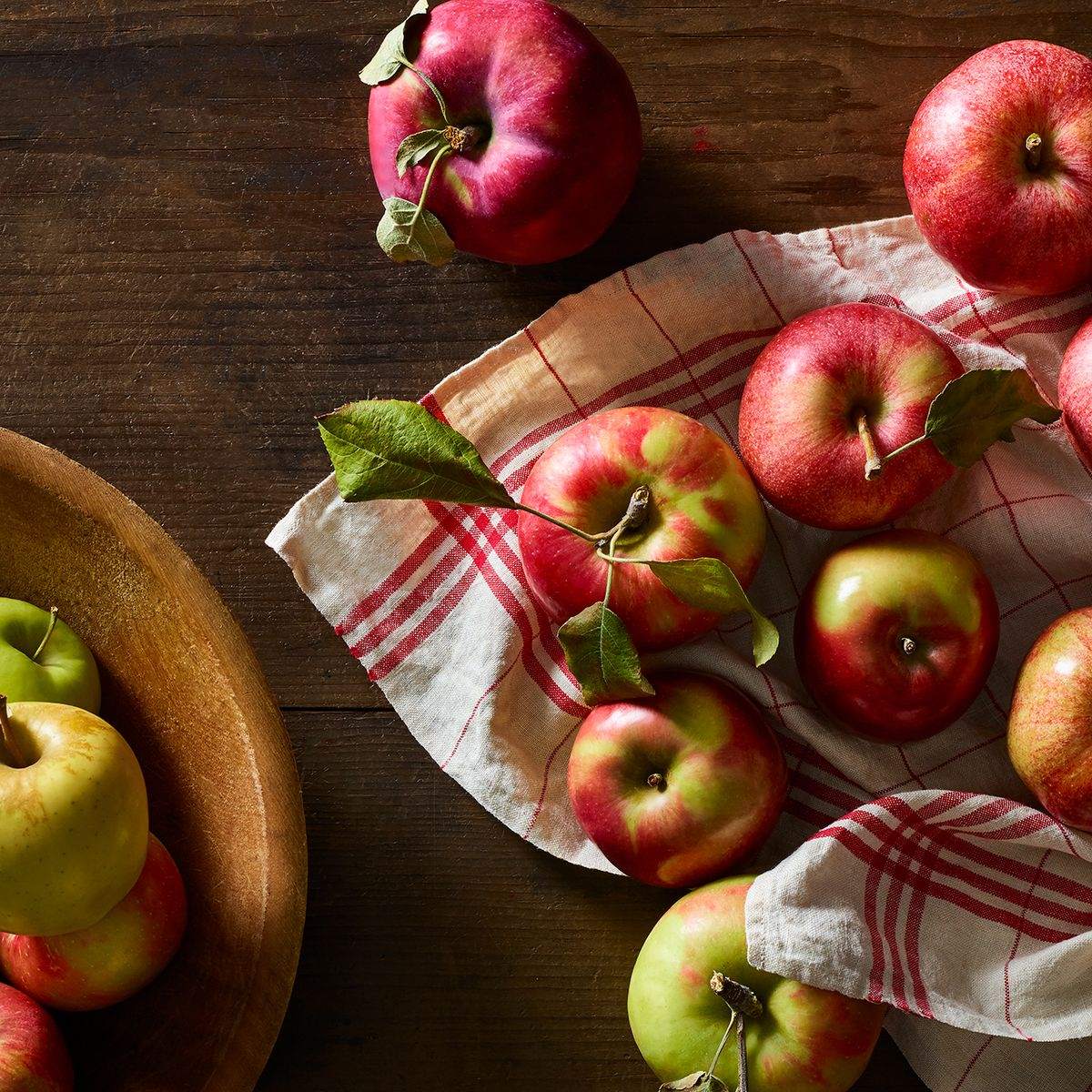
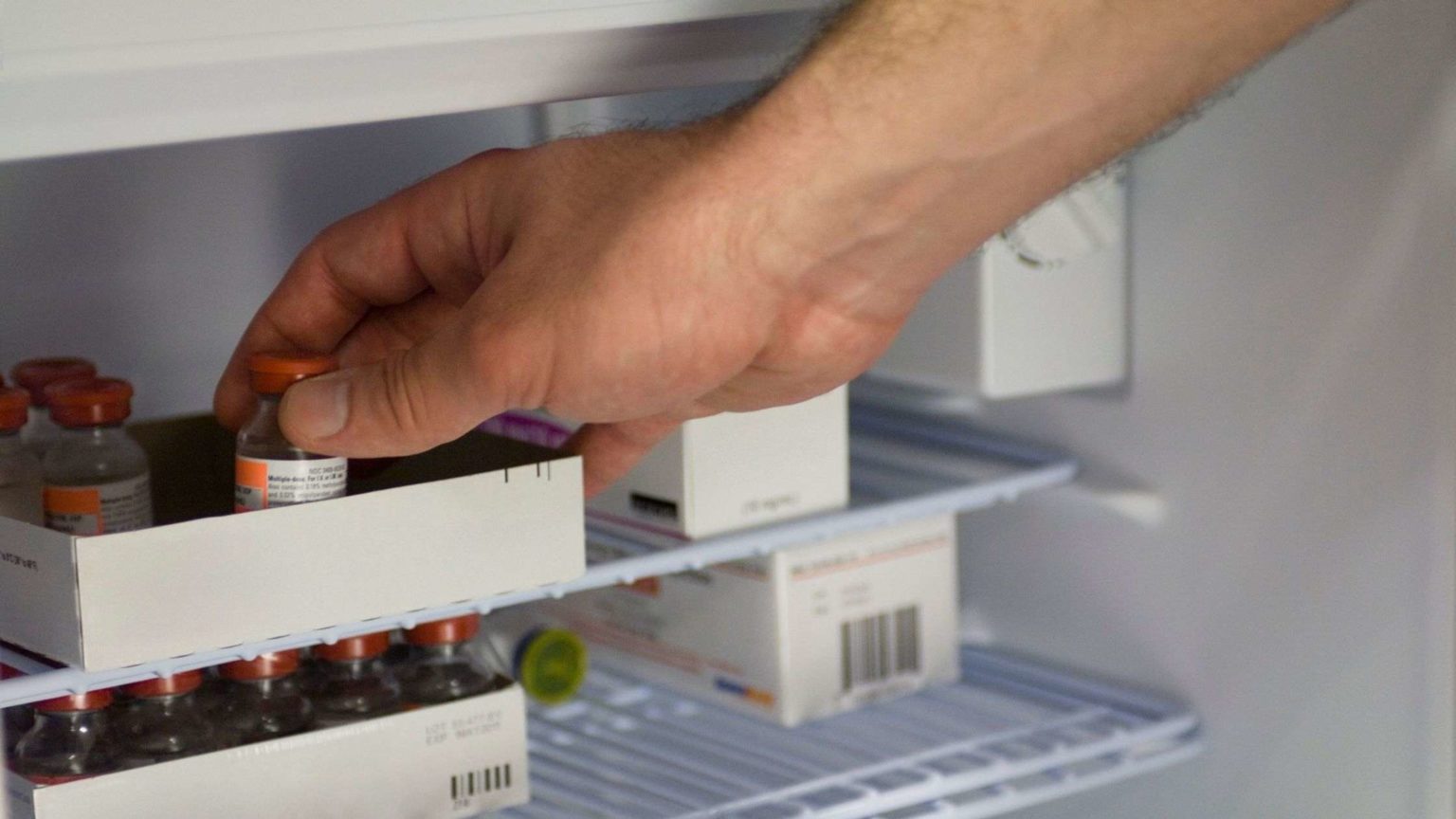

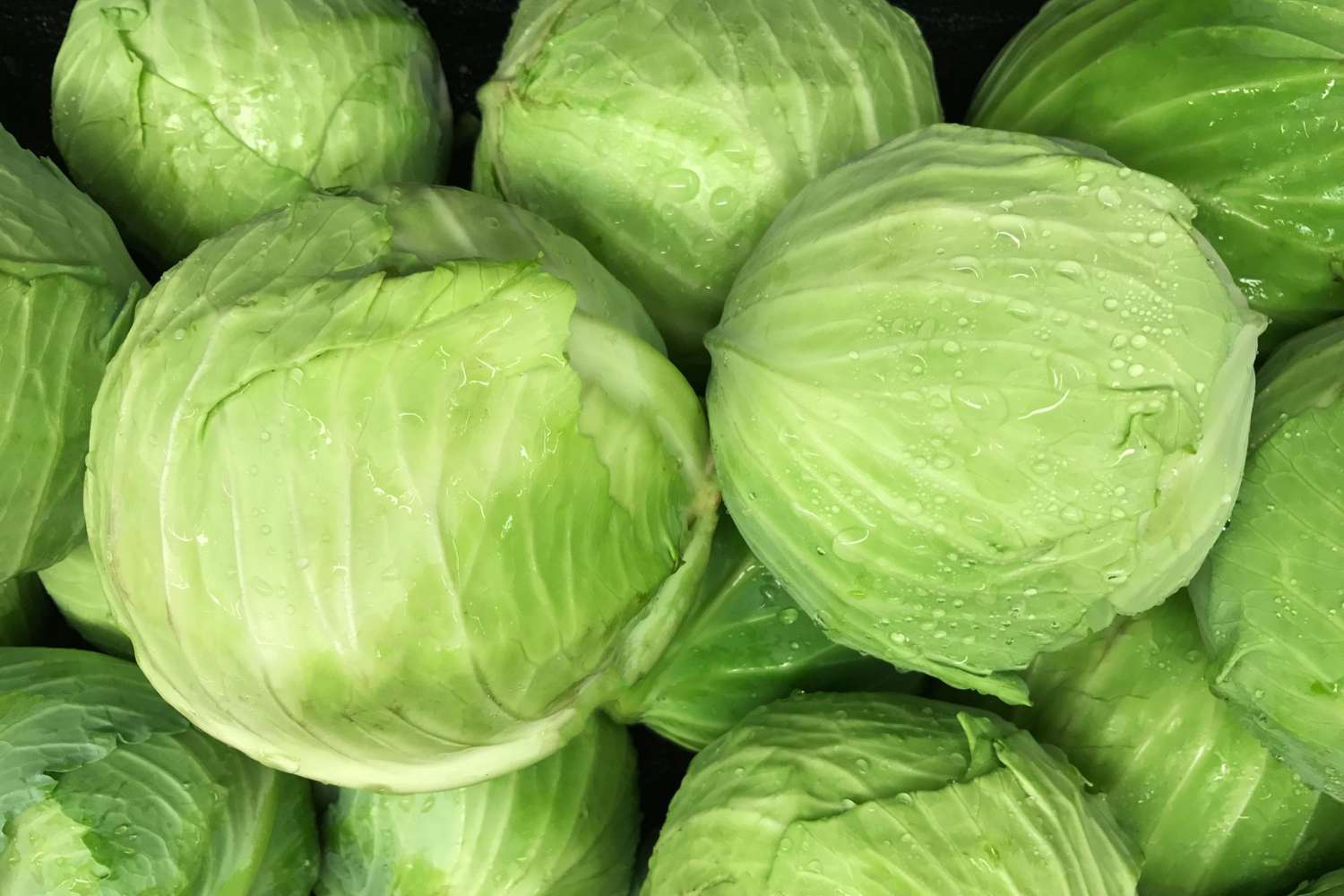
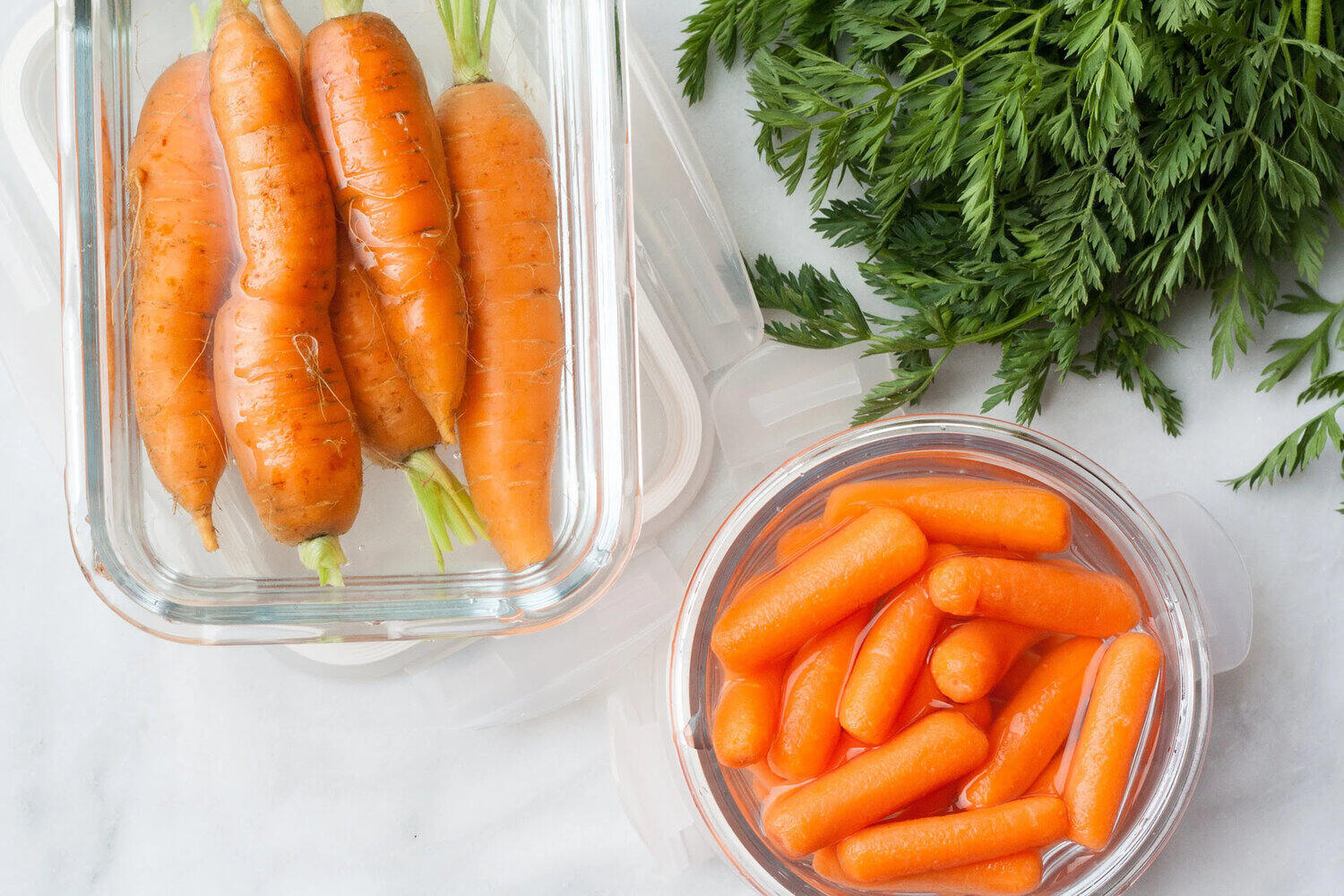
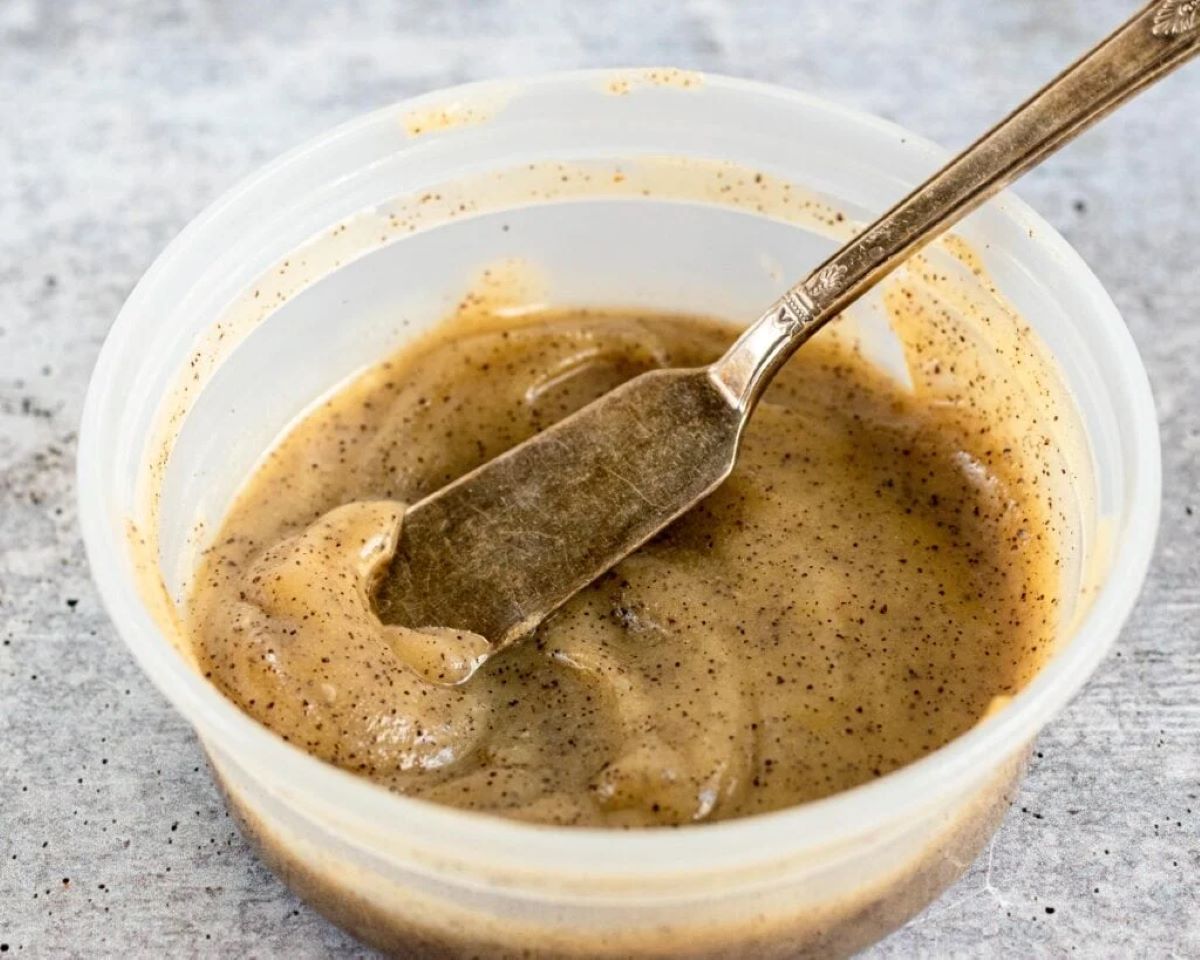
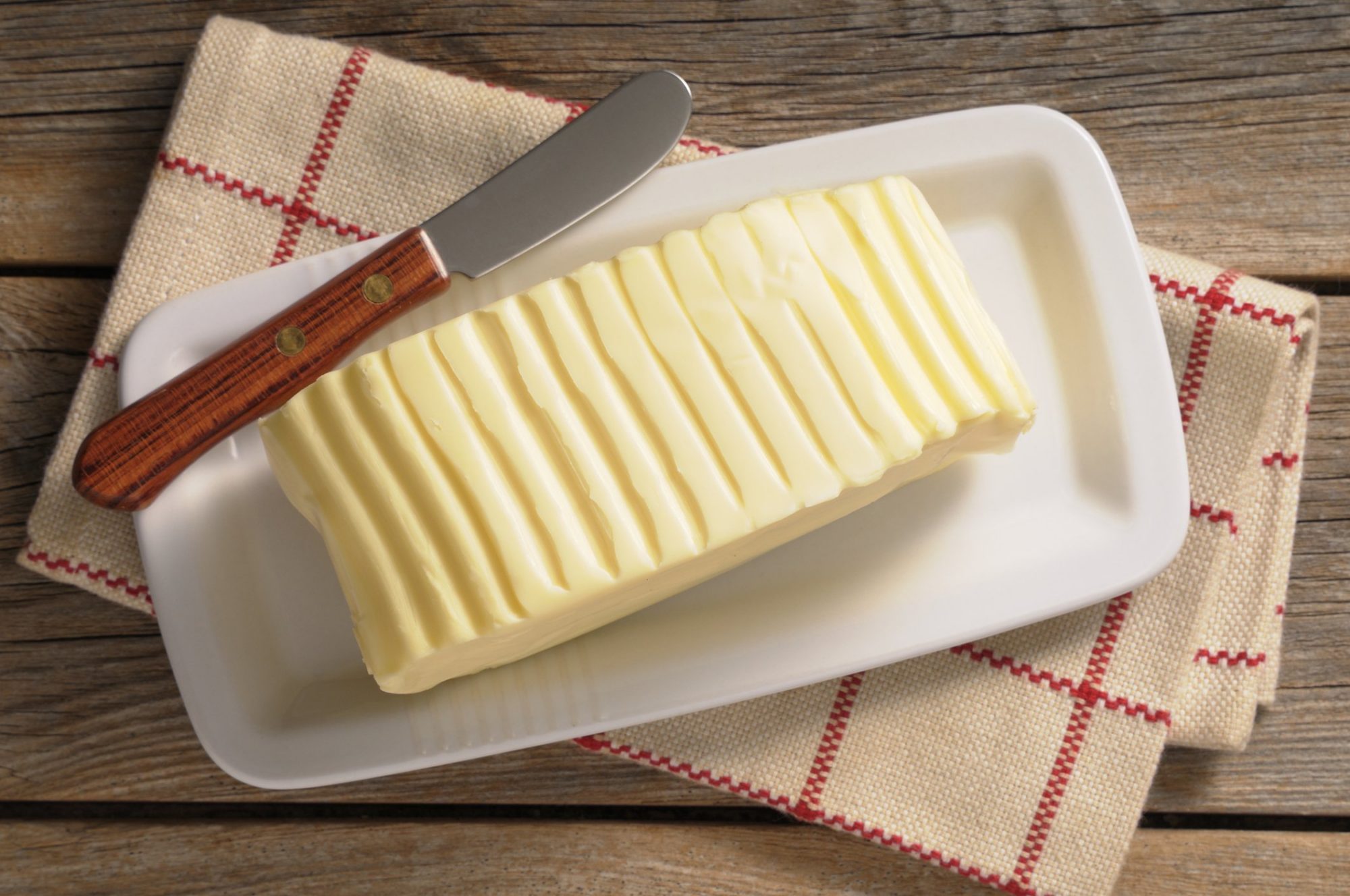


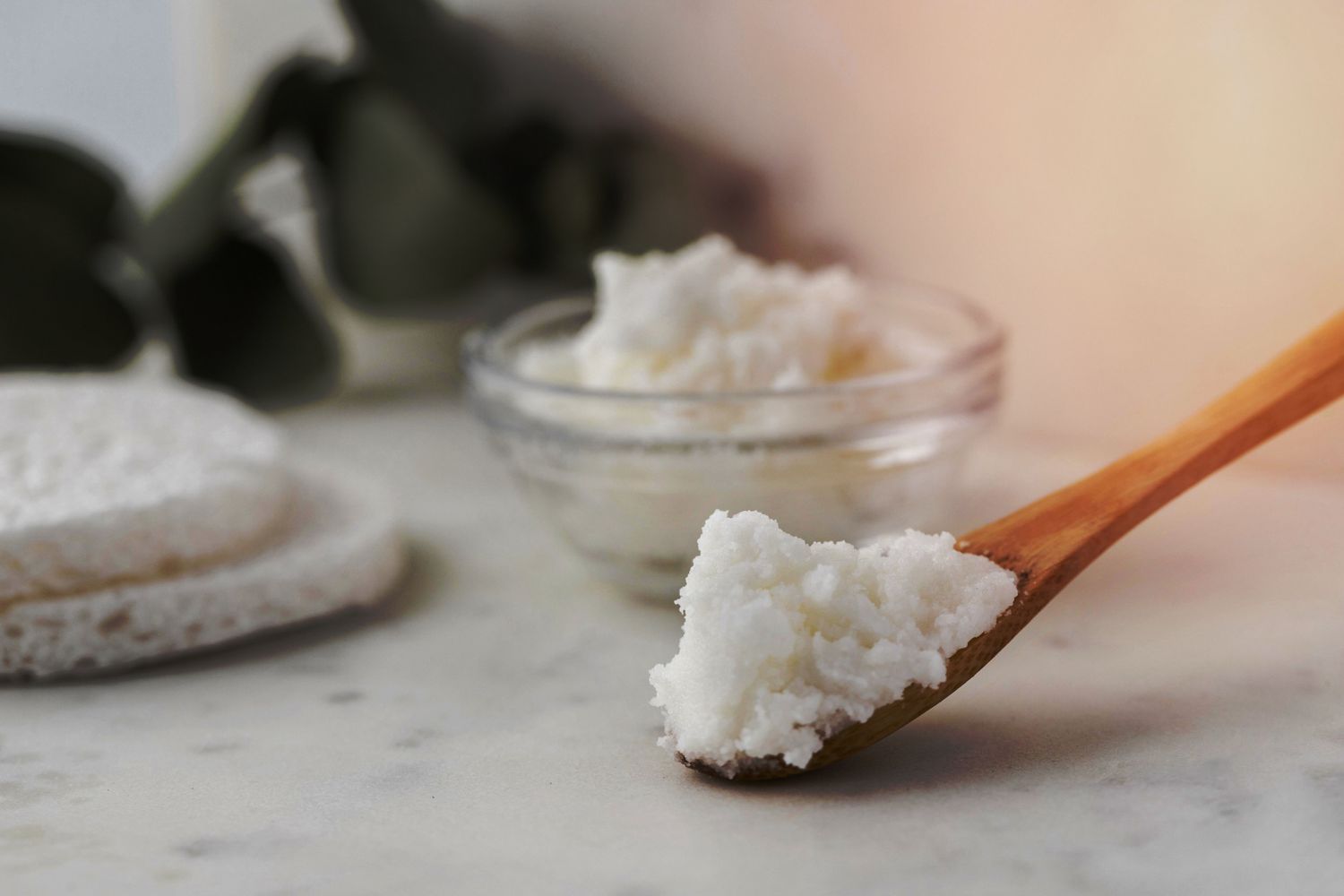
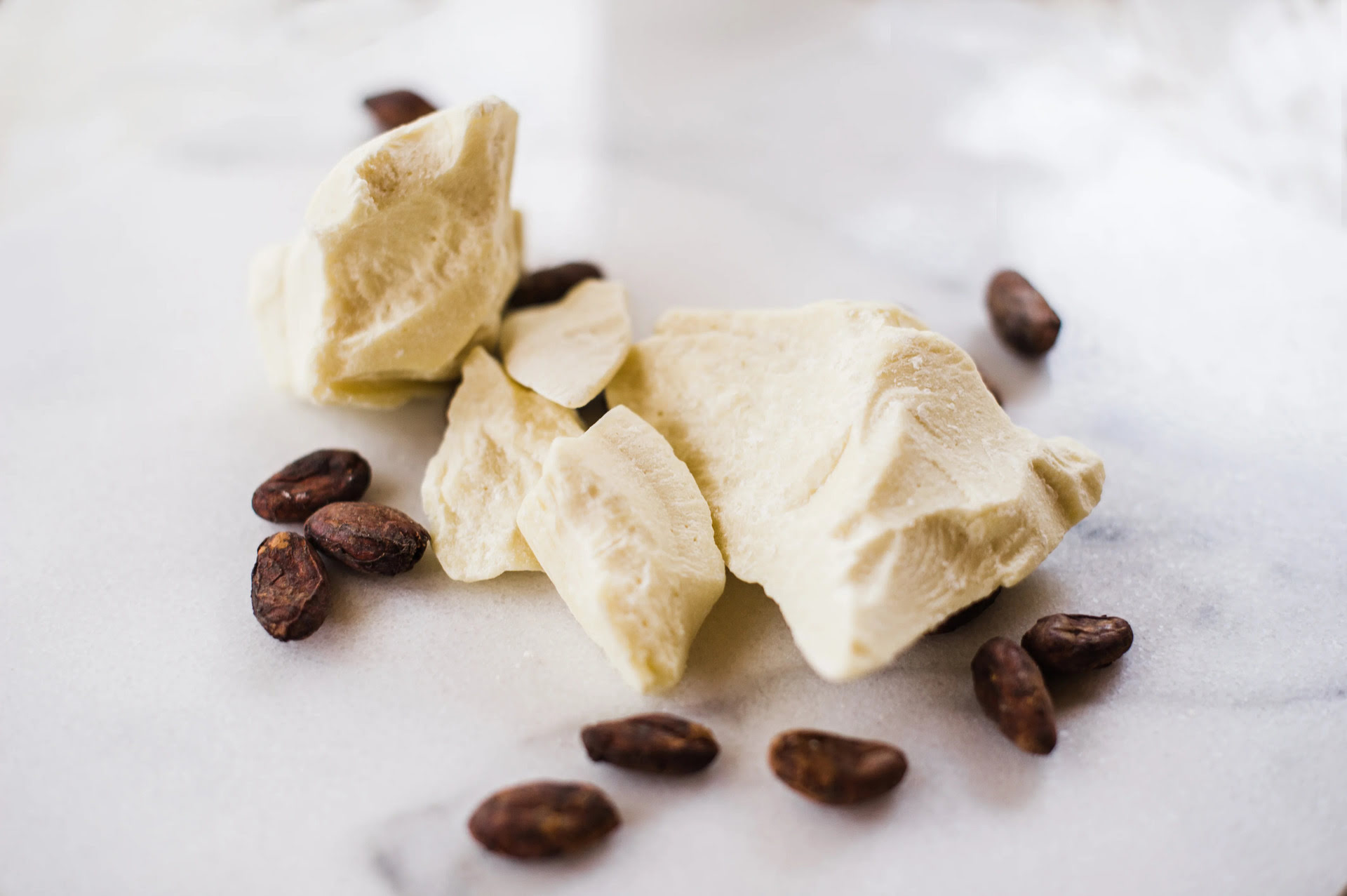
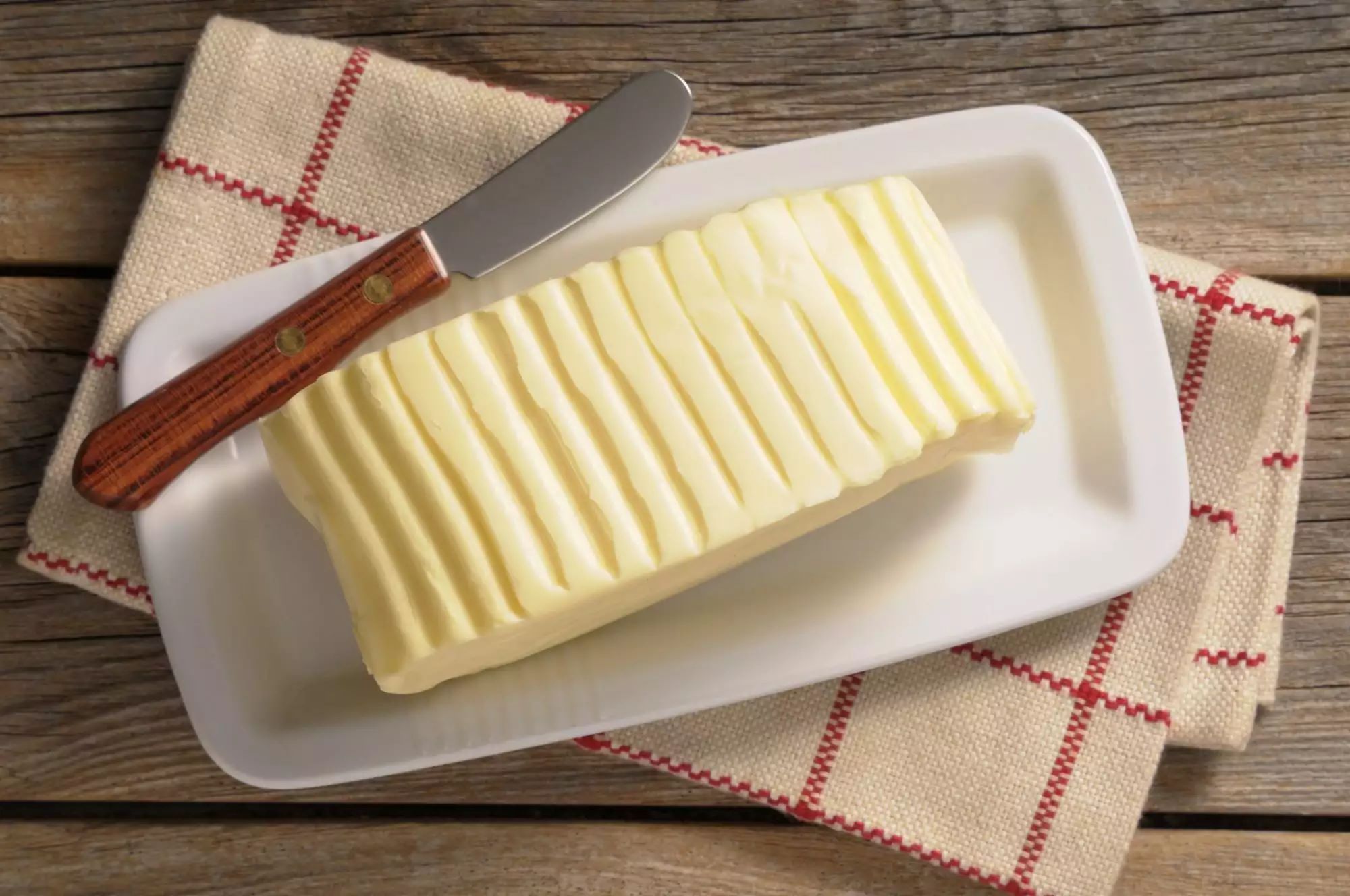

0 thoughts on “How To Store Butter Without Refrigeration”